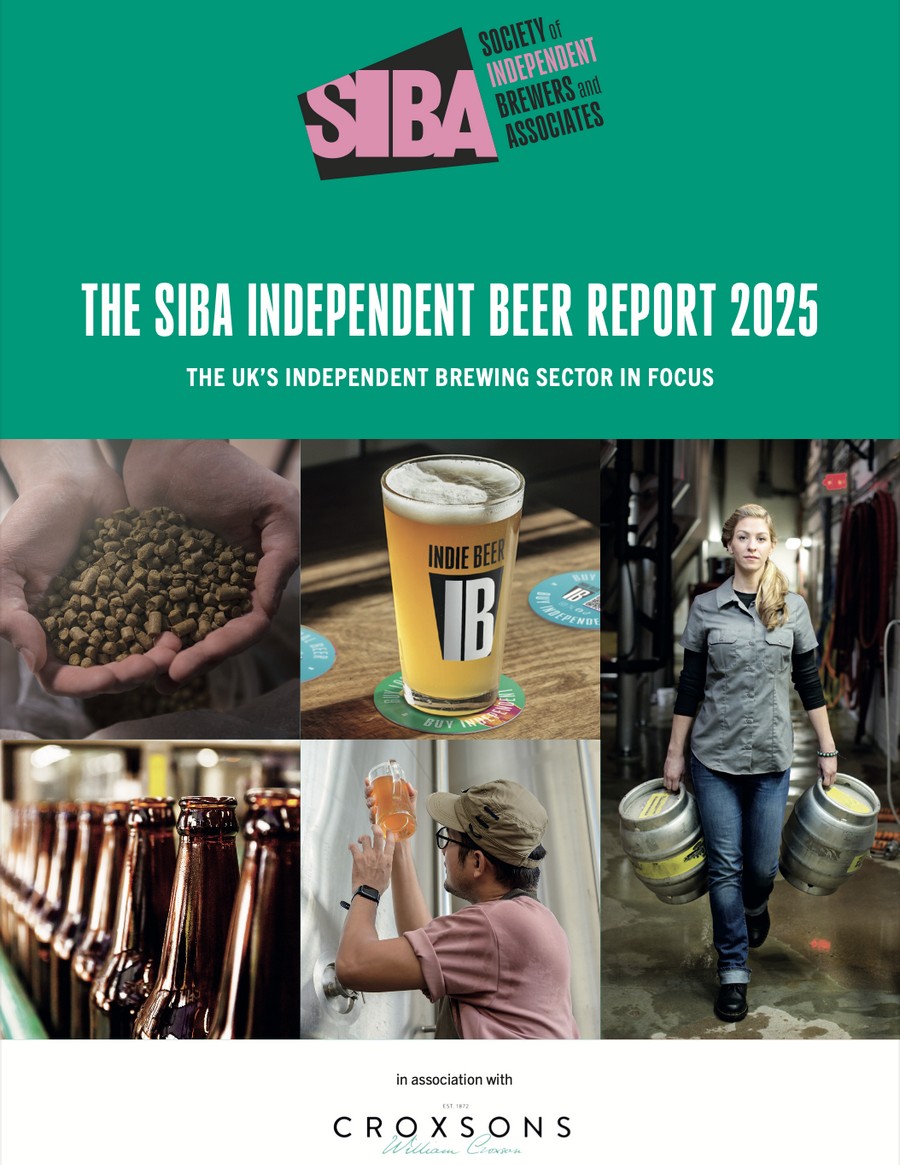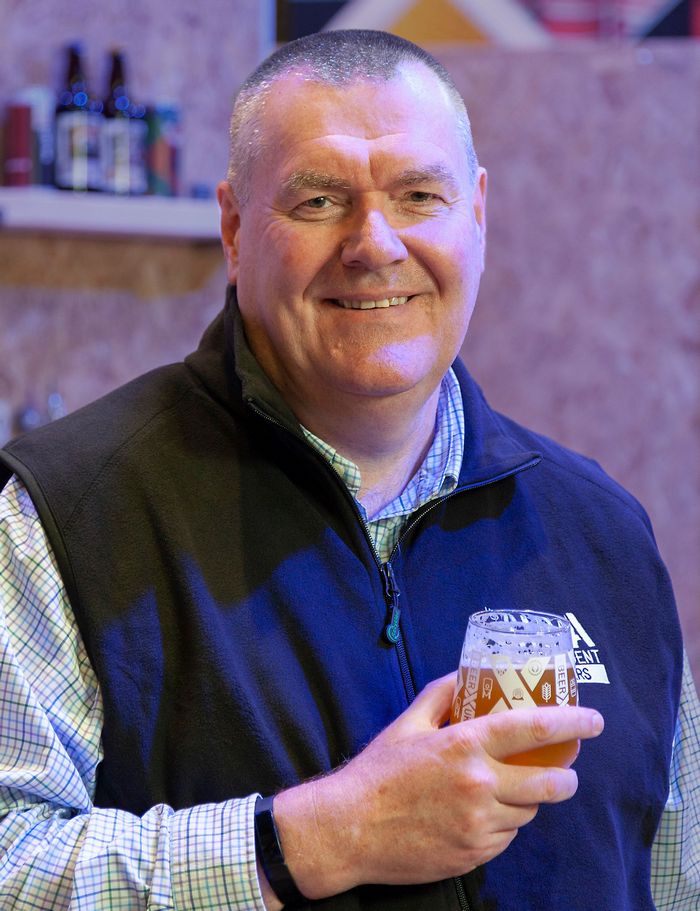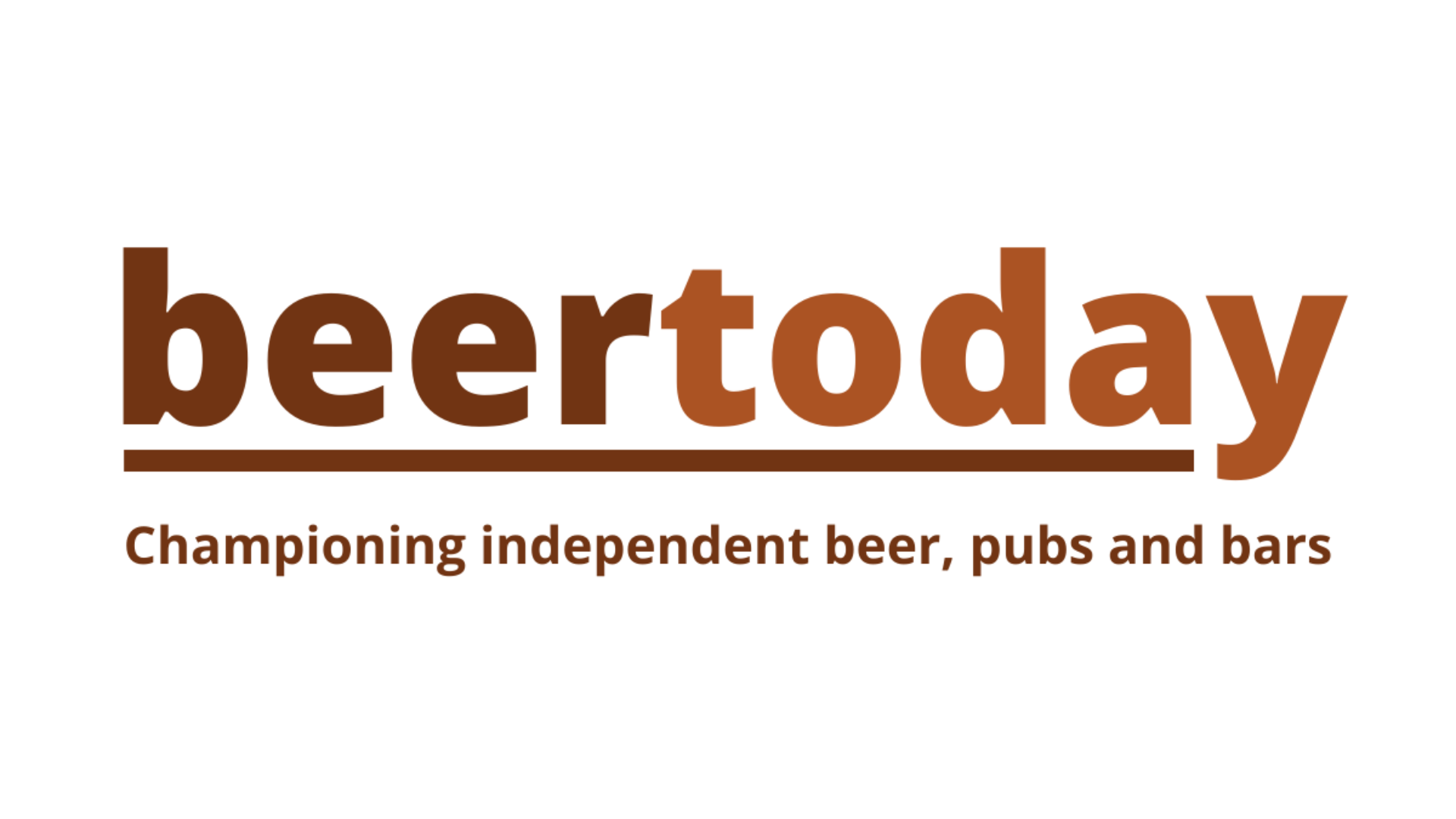While average production climbed by 10% last year, nearly half of independent brewers say their main priority is survival, according to a new report.

Almost a third of businesses expect turnover to fall, according to the 2025 SIBA Independent Beer Report.
Independents’ production climbed by 10%, compared to an overall beer sector where national sales are down 1% since last year and now stand 6.6% below pre-pandemic levels. For independent breweries, the increasing popularity of porters, stouts, craft lagers, and no- and low-alcohol beers helped to drive growth.
But, at the same time, the number of independent breweries fell by 5.5%, with around 100 closing their doors and others merging to survive. And pubs and other hospitality venues continue to close.
“Time and time again, the research shows that there is high demand for the innovative, interesting, and tasty beers that indie brewers are best at making,” said SIBA chief executive Andy Slee.
“Our members are great at adapting to changing tastes and have increased the number of stouts, lagers, and ‘nolo’ beers on offer, which has helped drive a double-digit growth in production amongst indie brewers.
“However, the current global trade anxiety and tax changes in the UK are making it a challenging market, and indie brewers can’t get their foot in the door to get their beers to the customer. Our members currently have around 6% of the market, and where they are allowed to compete against global breweries, they could have 30% market share.
“This lack of access means that beer drinkers are missing out. Indie breweries are facing heavy headwinds to growth, meaning fewer jobs are being created.”

SIBA chief executive Andy Slee
YouGov polling, commissioned by SIBA, shows that fewer than half (47%) of all consumers are drinking beer, and only nearly a quarter (28%) of 18- to 24-year olds. More and more people are choosing not to drink alcohol at all, with 21% of all consumers increasing to 36% for 18- to 24-year-olds.
The volatile trading environment had a cooling impact on the sector, with 80% of breweries surveyed making no major investments in their business last year. While breweries still intend to create more than 500 jobs this year, this is a significant drop from nearly 800 last year.
Access to market continues to be the biggest issue for independent brewers. The YouGov/SIBA figures show that beer drinkers are demanding a local product, with more than three quarters (77%) saying it is important for pubs to offer a range of beers from local breweries. And 56% of beer drinkers say they would be more likely to choose a beer if it was locally produced.
Yet independent brewers report being unable to sell to, on average, 60% of the pubs local to their brewery. Eight in 10 brewers surveyed said lack of access to beer lines was the top barrier to sales and growth.
With average production among independent brewers increasing, it is stouts, lagers and no/low alcohol which are leading the way, with 24% on average now going into kegs. Eighty per cent of brewers are now producing a stout or a porter, with CGA data showing a 121% increase in ‘craft stout’ value in the on-trade last year.
Lager has jumped to second place among brewers this year, with 60% now producing them, suggesting that independent breweries are now making some inroads into a market usually dominated by global brands.
With 14% of drinkers now opting for no/low products, independent brewers are increasing adding them to their range, with 15% now making a non-alcoholic beer, compared to 8% last year.

